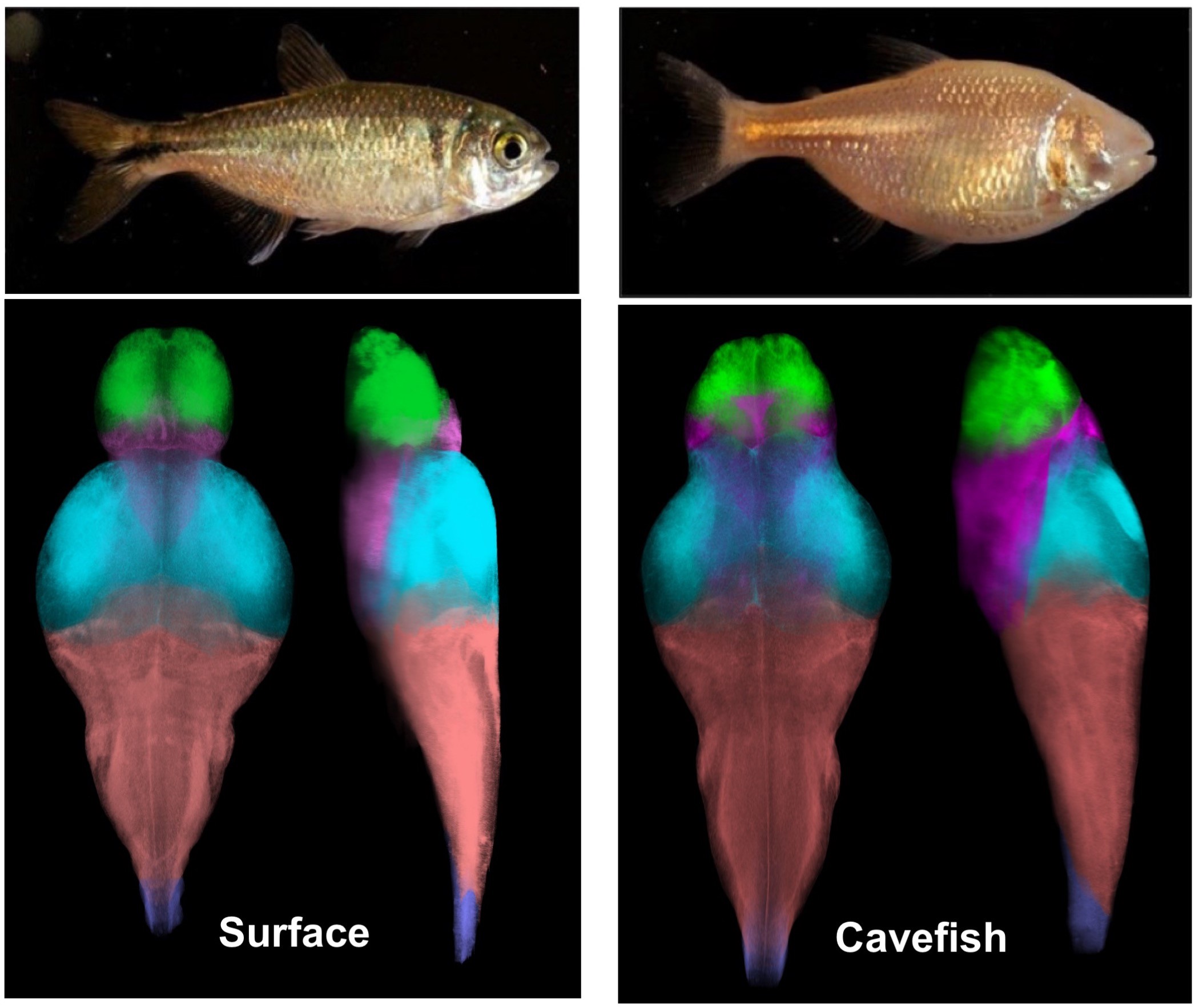A multidisciplinary team of neurosurgeons and neuroscientists from the Icahn School of Medicine at Mount Sinai are the first in New York to study a new brain-computer interface that’s engineered to map a large area of the brain’s surface, in real time, at resolutions hundreds of times more detailed than typical arrays used in neurosurgical procedures.
Tag: Neuronal Activity
Study identifies neuronal basis of impaired consciousness in ‘absence’ epilepsy
Imagine slipping in and out of consciousness hundreds of times per day, staying awake the whole time but having no sense of awareness during these lapses.
The Novel Role of Microglia as Modulators of Neurons in the Brain Is Discovered by Mount Sinai Researchers
Findings offer potential target for treating behavioral abnormalities associated with neurodegenerative conditions like Alzheimer’s Disease

Mapping Cavefish Brains Leads to Neural Origin of Behavioral Evolution
While studied for nearly a century, little is known about how cavefish brains differ. A study is the first to look inside their brains with millimeter resolution to start to understand how the individual neurons and brain regions that drive complex behaviors, including sleep and feeding have evolved. This work has broad implications for the understanding of how brains evolve in many different animal models and is hoped to be widely used by the scientific community.